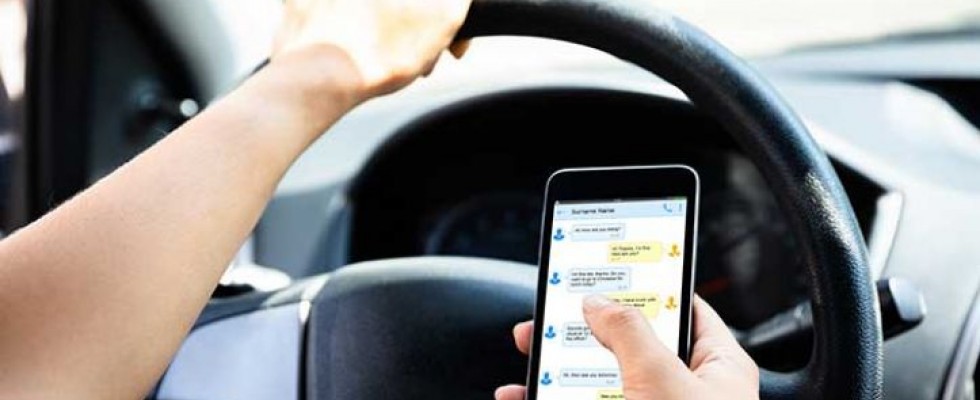
The statistics are shocking: 64 percent of 2.5 million road accidents annually in the United States involve cellphones. More companies are enforcing strict cellphone policies with regard to their vehicles due to safety and liability issues. According to the National Safety Council, motor vehicle crashes cost employers more than $15 billion annually in medical care, legal expenses, property damage and lost productivity. Texting and driving is six times more likely to contribute to a wreck than drunk driving.
It takes an average of 3 seconds after a driver’s mind is taken off the road for a wreck to occur. Reading a text message while driving distracts a driver for a minimum of 5 seconds each time; at 55 mph, this equates to a driver traveling the approximate length of a football field—without looking at the roadway.
- Use cellphones for emergencies only
- Silence notifications while driving
- Make all necessary calls and texts before you begin a trip
- Stow your phone in the glove compartment to avoid checking it
- Select a designated texter while you are behind the wheel
- If you must use a cellphone, safely pull over and park before checking your device
As of November 2018, 47 states have placed a ban on texting and driving. One of the most effective deterrents to distracted driving is an electronic logging device (ELD). These devices provide the tools to effectively track, report and manage your fleet. ELDs are able to monitor and report (in real time) driver history and location, speeding, idle time, geo-fence, harsh driving, address proximity and engine on and off.
The ELD Rule went into effect December 2017. This mandate applies to most commercial vehicles, with emphasis on driver safety. A report from the Federal Motor Carrier Safety Administration (FMCSA) found that commercial drivers using ELDs had a significantly lower total crash rate of 11.7 percent. The FMCSA estimates that the ELD mandate will save 26 lives and prevent 562 injuries every year. In addition to safety factors, ELDs may provide significantly lower insurance premiums. FMCSA recommends that commercial vehicle owners establish an in-vehicle cellphone policy. The purpose of this policy is to reduce liability, risk and expense, plus ensure the safety of people who drive company vehicles.
It is the driver’s responsibility to operate a company vehicle in a safe manner and to drive defensively to prevent injuries and property damage. As such, employers should endorse all applicable state motor vehicle regulations relating to driver responsibility. Companies that allow drivers to use a cellphone while driving can face steep fines.
